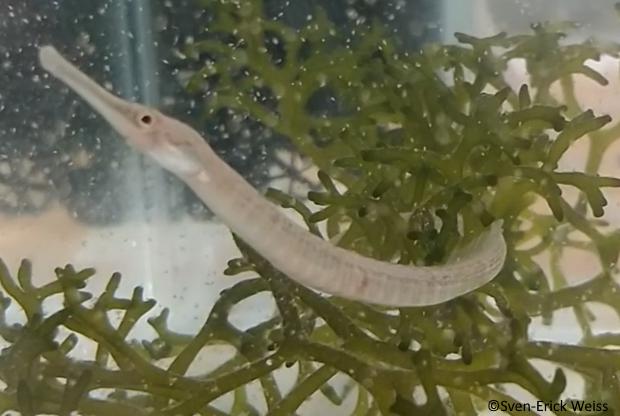Sven-Erick Weiss
This project addresses critical knowledge gaps in marine biodiversity conservation by employing genomics to study two southern African pipefish species: Syngnathus temminckii and the critically endangered S. watermeyeri. The aim is to comprehensively analyse the genetic diversity, population structure, and adaptation of these species. While S. temminckii is relatively abundant along the South African and Namibian coastlines, S. watermeyeri is confined to two estuaries in the Eastern Cape. This study aims to elucidate the genetic factors responsible for their contrasting conservation statuses and their adaptation to the dynamic Southern African marine environment. The project will also provide in-depth information on population genomics, phylogenomic assessment and lineage-specific patterns that will be compared with other species that have similar large distribution ranges and explore the roles of southern Africa’s biogeographic regions in driving population divergence.

Syngnathus temminckii indulging in brineshrimp while taking refuge amidst codium seaweeds.
The primary objectives of this study encompass an in-depth investigation of the genetic characteristics of the two pipefish species. For S. temminckii, population structure will be delineated, its biogeographical connections assessed, identifying lineage-specific patterns that set apart various populations, and the extent of gene flow within this species will be measured. For both S. temminckii and S. watermeyeri, we intend to leverage genomic data to make a comparative analysis of their demographic histories. This will provide insights into the historical population dynamics of these species. Additionally, we aim to assert the unique genetic diversity within and between different populations of S. temminckii and place it in the context of S. watermeyeri's genetic diversity. Moreover, the aim is to detect and, when possible, date historical population bottlenecks, shedding light on significant events that have influenced their genetic makeup. Lastly, we will compare trends in effective population sizes between S. temminckii and S. watermeyeri, allowing us to understand their population dynamics and resilience throughout their evolutionary history. These objectives collectively form the foundation of our comprehensive genetic study, aiming to enhance our understanding of these unique pipefish species and their conservation needs.
Header: Syngnathus watermeyeri finding solace and seclusion amidst the codium seaweeds.